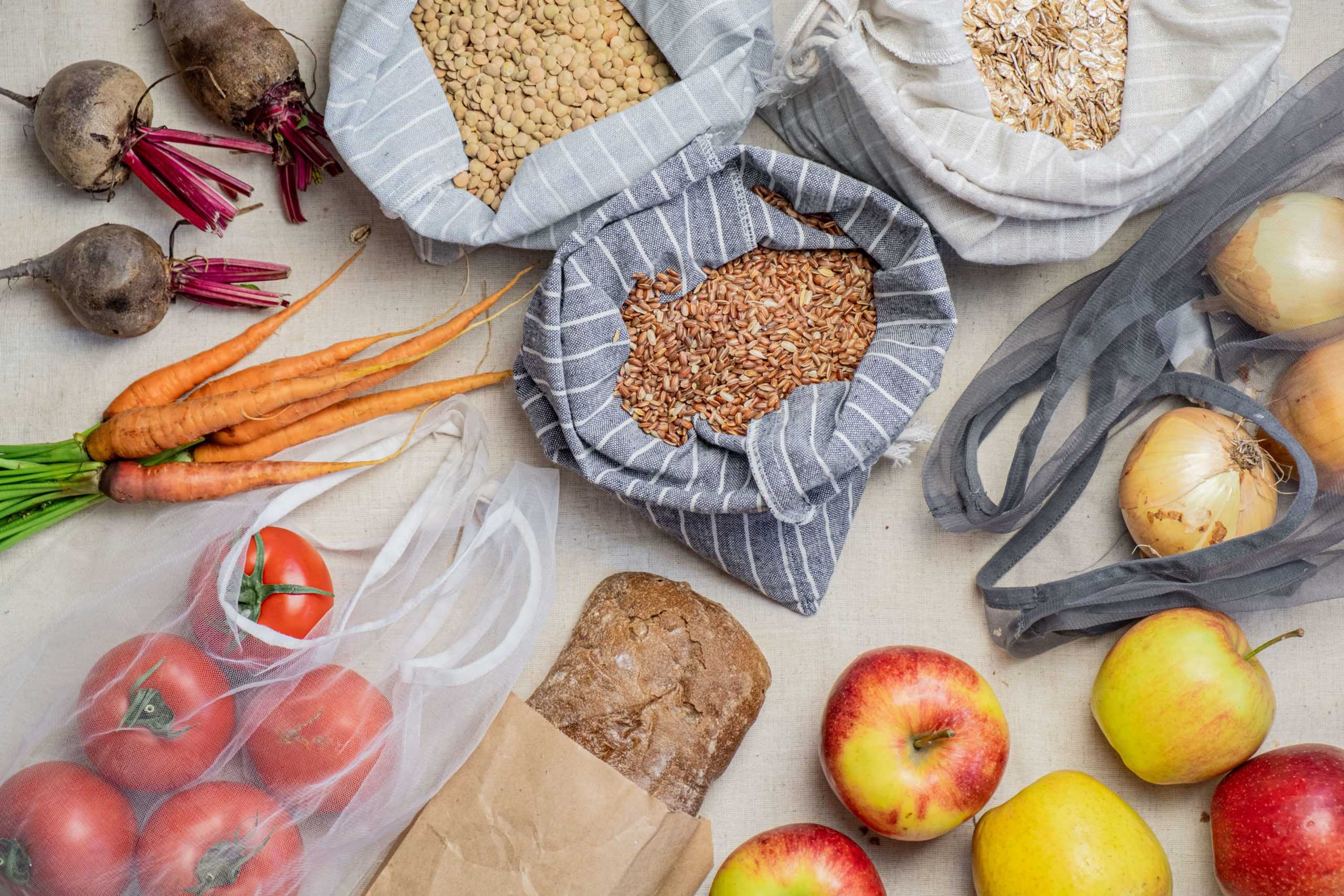The State of Food Waste
Food waste is one of the biggest global issues facing the world right now. According to RTS, humans around the world currently wastes 1.4B tons of food annually, with the U.S. wasting around 40B tons. As food waste rots, it emits methane, a gas that’s even more harmful than CO2. It is responsible for 70 B tons of greenhouse gases. Not only does it take a toll on the planet, but it is very costly on the economy. On the upside, legislature is pushing for laws to reduce food waste in the U.S. As the government makes hedge way for reducing food waste, it will influence the food industry as many companies will have to change their business practices to meet these new guidelines.
The Motivation Behind Reducing Food Waste
 Consumers are becoming more educated about food waste, in turn causing them to become more conscious of their food behaviors. Over the past few years, the sustainability trend has been gaining traction in the food industry. According to Innova Insights, 79% of global consumers consider sustainability as one of their top global concerns. So, what is the trend driver for reducing food waste? The direct effect on the planet – consumers want to prevent global warming and create a better future for the coming generations. As more consumers are learning about the problem the world is facing, they are realizing how attainable it is to adopt sustainable practices.
Consumers are becoming more educated about food waste, in turn causing them to become more conscious of their food behaviors. Over the past few years, the sustainability trend has been gaining traction in the food industry. According to Innova Insights, 79% of global consumers consider sustainability as one of their top global concerns. So, what is the trend driver for reducing food waste? The direct effect on the planet – consumers want to prevent global warming and create a better future for the coming generations. As more consumers are learning about the problem the world is facing, they are realizing how attainable it is to adopt sustainable practices.
What is Zero Waste?
According to the Zero Waste International Alliance, “Zero waste is the conservation of all resources by means of responsible production, consumption, reuse, and recovery of products, packaging, and materials without burning and with no discharges to land, water, or air that threaten the environment or human health.”
To achieve zero waste, many experts have adopted a revolutionary approach – the circular economy. Instead of the linear approach, which is what the world has been doing, we must view the process as a complete circle. The stages of the circular economy are “make, use, reuse, remake, and recycle,” with a never-ending cycle. The main principle is reducing the reliance on non-renewable resources and minimizing waste. In any manufacturing industry, the circular economy is an economic and social opportunity. For example, it introduces new jobs as there will be new departments focused on recycling practices. Additionally, when applying this principle, it will reduce the cost of raw materials, recycling, repurposing, and repair. Finally, there will be significant innovation in manufacturing processes as more technology will be introduced for waste management, collection, and recycling (RTS, The Circular Economy).
Consumer Zero Waste Food Practices
 There are endless ways to become a zero-waste household. One of the easiest ways to do that is utilizing food scraps that are either deemed “expired” or that are perceived as unusable ingredients. For example, you can use the by product to compost – this allows foods to feed soil and help rejuvenate the ground for better future crop growth. Some of these foods include banana peels, potato skins, eggshells, broccoli by product, carrot tops, etc. Another form of reuse is using different bean pulps to create gluten-free flour or plant-based milks. If your produce seems to be going bad or if it isn’t in “perfect” shape, you can use them to create fermented foods. Fermented foods are perfect for snacks and ingredients to add a pop of flavor to different trendy recipes. This will preserve them and prevent them ending up in the trash. Zero waste invites consumers to become creative and purposeful when they are food shopping and making daily decisions.
There are endless ways to become a zero-waste household. One of the easiest ways to do that is utilizing food scraps that are either deemed “expired” or that are perceived as unusable ingredients. For example, you can use the by product to compost – this allows foods to feed soil and help rejuvenate the ground for better future crop growth. Some of these foods include banana peels, potato skins, eggshells, broccoli by product, carrot tops, etc. Another form of reuse is using different bean pulps to create gluten-free flour or plant-based milks. If your produce seems to be going bad or if it isn’t in “perfect” shape, you can use them to create fermented foods. Fermented foods are perfect for snacks and ingredients to add a pop of flavor to different trendy recipes. This will preserve them and prevent them ending up in the trash. Zero waste invites consumers to become creative and purposeful when they are food shopping and making daily decisions.
Zero Waste Trend Drivers
Zero waste is an evolving process; it takes the whole world to achieve this lifestyle and economy. So where is this trend headed in the food industry? Upcycling – the process of using by-products or waste materials into new materials or products. Many consumers aren’t familiar with the term, which makes education so important. Only 10% of consumers know what upcycled foods are, but once educated 80% of those consumers would seek those products out. According to Forbes, the upcycle industry is currently valued at $46.7 B and is expected to have a CAGR of 5% for the next 10 years. In recent years, an organization, Upcycled Food Association has started to tackle the world’s food waste issue. Similar to a verified organic label, food products can be verified as Upcycled – this allows their products to have an Upcycled label. As more companies take on upcycling practices and obtain those labels, they will be educating more consumers and most importantly, helping to save the planet. Once consumers put sustainability as a priority, they will gravitate towards brands that share their same values. Read more about the upcycling trend, read our blog here.
Looking for ways to introduce sustainability into your products? Contact us for upcycled product development ideas from our R&D team.


